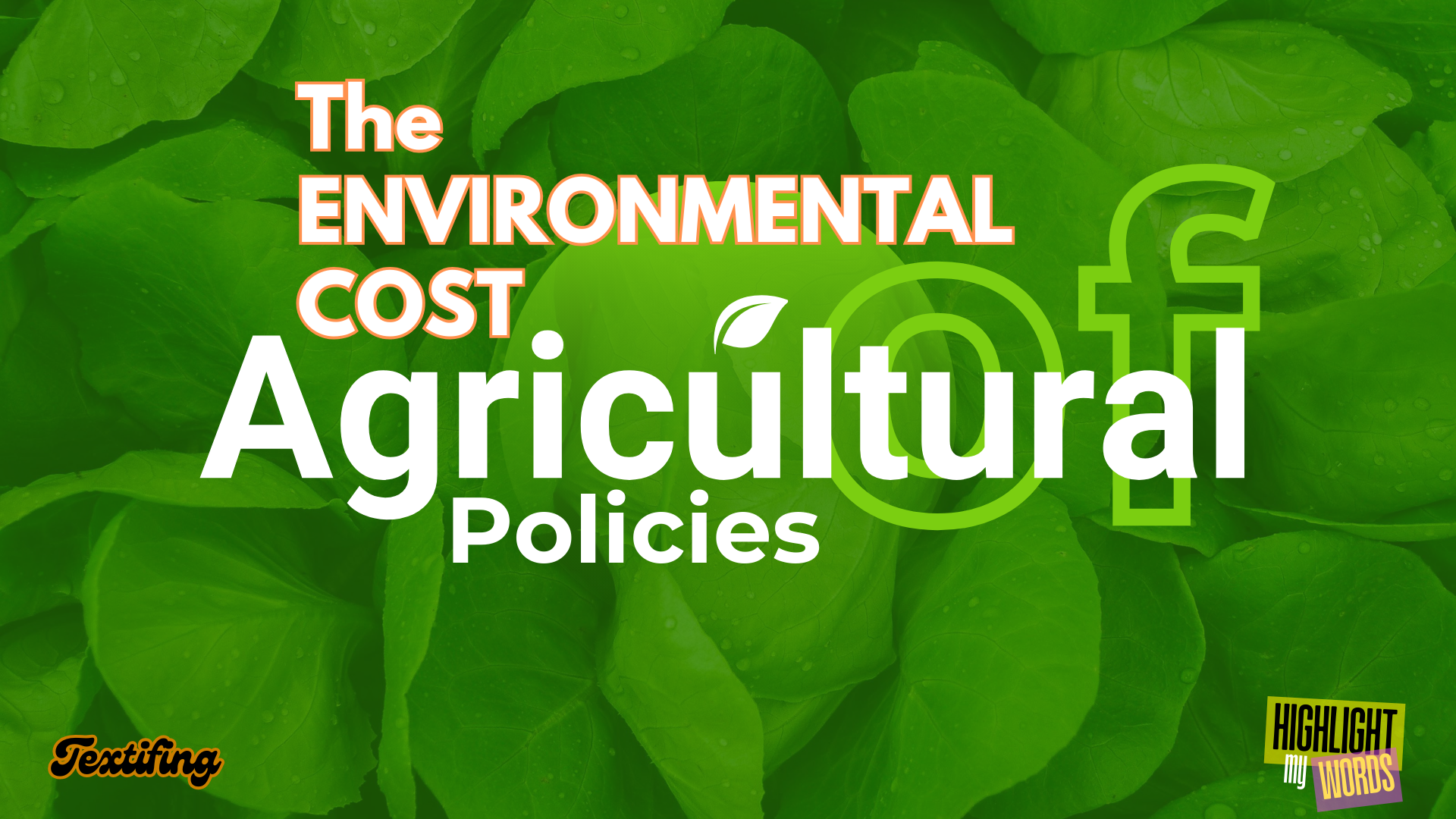Governments and the Environment :
A Fine Balance

Introduction
Environmental management is a challenging yet unavoidable responsibility of governments worldwide. While some states attempt to manage their resources effectively, others inadvertently harm the environment through policies such as subsidies for resource exploitation. This article explores the interplay between government policies, agriculture, and environmental impact, highlighting instances of both detrimental and beneficial interventions, and emphasizing the critical need for sustainable practices.

1. The Double-Edged Sword of Agricultural Practices
Farming, which occupies nearly a third of the Earth’s land, has seen significant growth in productivity since the 1970s. This rise stems from increased irrigation, advanced crop breeding, and a doubling of pesticide and fertilizer use. However, these practices have led to deforestation, soil erosion, and water contamination. In the 1980s, the United States identified that one-fifth of its farmland was losing topsoil at an unsustainable rate, prompting a program to convert 11% of cropped land to forests or meadows. Similarly, soil erosion in India and China has outpaced that of the U.S., threatening long-term agricultural productivity.
Government subsidies have often exacerbated the environmental damage caused by farming. In rich countries, agricultural subsidies totaled $250 billion annually in the 1980s, driving overuse of fertilizers and pesticides. For example, fertilizer use in Denmark doubled from 1960 to 1985, and pesticide use increased by 69% between 1975 and 1984. These subsidies incentivize land clearing and over-intensive farming, leading to habitat destruction and reduced biodiversity. By contrast, New Zealand took a bold step in 1984 by eliminating most farm subsidies, resulting in reduced fertilizer use and less land clearing, which alleviated soil erosion and encouraged farm diversification.

2. The Role of Subsidies in Environmental Degradation

3. Efforts Toward Sustainable Agriculture
Efforts to reduce subsidies gained momentum in the late 1980s and early 1990s, with countries exploring environmentally friendly alternatives. In Europe, farmers were paid to adopt sustainable practices, although these payments needed to outweigh the existing incentives for crop cultivation. Farmers also began exploring biofuels, such as ethanol and biomass, as eco-friendly alternatives to fossil fuels. While these fuels produce less carbon dioxide, their cultivation still causes environmental harm, highlighting the complexities of balancing agricultural needs with environmental goals.
The Uruguay Round of world trade negotiations in the 1990s led to a 36% reduction in average farm subsidies across wealthy nations. This shift encouraged the relocation of food production from heavily subsidized regions like Western Europe to countries with minimal subsidies, such as former communist states and developing nations. While this move risks converting natural habitats into farmland, it also reduces farming intensity in wealthier nations, lowers chemical usage, and promotes sustainable practices in poorer countries. For an increasingly hungry world, it is essential to align agricultural incentives with environmental sustainability, ensuring the effective and efficient use of soil and water resources.

4. The Global Shift in Subsidy Policies
Highlights
- Farming occupies a third of the Earth’s land, with productivity rising since the 1970s but causing deforestation, soil erosion, and water contamination.
- By the 1980s, one-fifth of U.S. farmland faced severe topsoil loss, prompting land conversion to forests or meadows.
- In 1984, New Zealand eliminated farm subsidies, reducing fertilizer use, halting land clearing, and diversifying farms.
- Global farm subsidies totaled $250 billion in the 1980s, driving excessive pesticide and fertilizer use in rich countries.
- The Uruguay Round in the 1990s reduced subsidies by 36%, promoting sustainable farming in developing nations.








